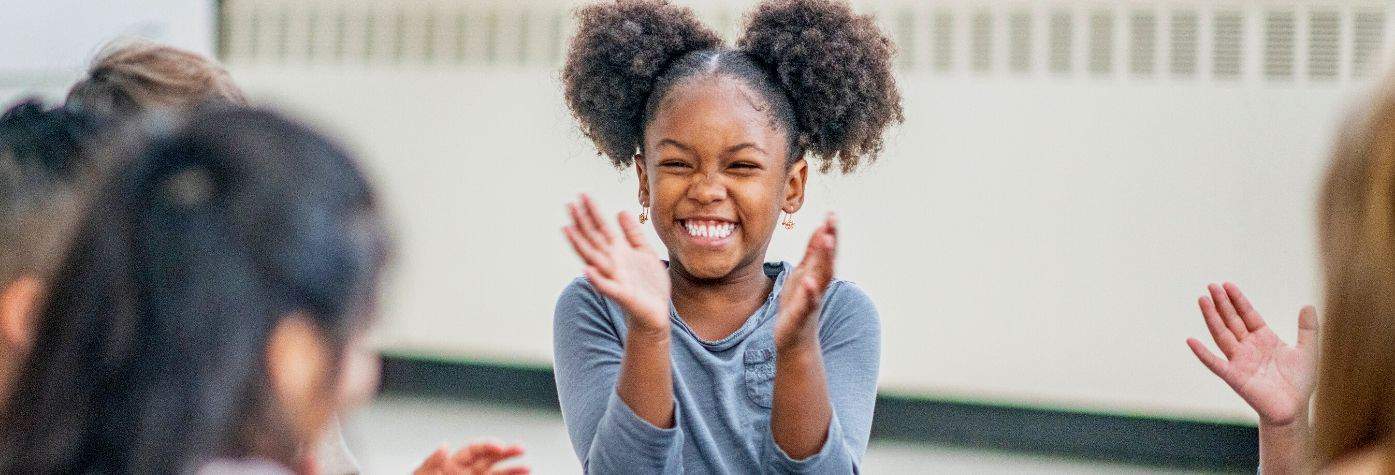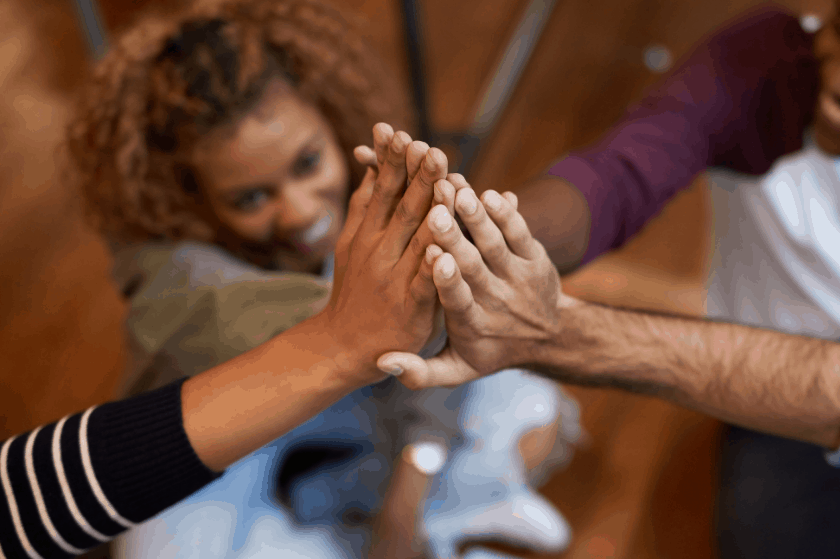
Radically Inclusive Relationships & Communities
Educators learn the importance of building relationships with students and families very early in their professional journeys. In fact, many educators are drawn to the profession because of a meaningful relationship with a teacher from their past. When we teach to develop the whole child, these relationships are foundational.
What this Strand Covers
The Radically Inclusive Relationships & Community strand focuses on the identities, mindsets, relationships, and practices that support equitable learning communities where all students belong, learn and thrive. As teachers, we learn the importance of building relationships with students and families very early in our professional journeys. In fact, many of us have been drawn to the profession because of a meaningful relationship with a teacher from our past. These relationships are a major support for learning, and we have the opportunity to create them with each of our students, every day.
Beliefs and success
Guiding Questions:
- What and who is valued and celebrated in our classroom? What and who is minimized, dismissed, or rejected? How am I disrupting harmful narratives (e.g., racist, sexist, ableist, etc.) around who belongs and whose ideas are valued in school?
- What does brilliance look like and who defines it? What kind of brilliance might I not yet see?
- What social and emotional strengths are students already demonstrating and where could they use additional support?
- What evidence do I have that students are building mindsets as successful learners with valuable contributions to make? When mistakes happen, how do I react? What opportunities exist to normalize and embrace mistakes as a chance to learn?
- How are student, family, and community voices included and valued in conversations about what students are learning? How have I made our classroom and our learning clear and inviting to families, empowering them as partners in and advocates for their students’ learning?
- When harm happens, how do we heal from it? Do our practices restore safety and strengthen trust in our community or do they create further harm through punishment or exclusion?
There are many ways to make these resources fit your needs (and probably plenty more ideas you could add!). Here are some suggested ways to think about your entry point.
To set intentions for the relationships you foster with students, families, peers, and community.
To coach or assist classroom educators in building the beliefs and skills that lead to strong relationships.
To define a vision and supports for strong relationships with students, families, staff, and community.
To articulate your students’ needs and your expectations for relationships with school personnel.
Even with good intentions, there is the potential to cause harm. Our full framework identifies common risks to avoid in your planning. Here are a few examples:
If teachers have not explored their own identity and how it shapes their perceptions of students’ identities, there’s a risk of seeing some students with a deficit or having low expectations.
- Identities are complex. Oversimplifying students’ identities or ignoring how multiple facets of identity intersect can lead teachers to make false assumptions.
- In classes where belonging flourishes, students can safely express who they are. Don’t use social emotional learning as a behavior management strategy to reinforce white supremacy culture traits.
- Creating space for authentic conversations in the classroom and not providing adequate supports for supporting students in processing their authentic experiences, navigating triggers, and healing from oppression can quickly derail relationships.
Take Action
Ready to make changes in your practice? Head over to our action center!
Over the next year, we’ll be listening and learning with the goal of lifting up stories that make this vision more actionable. Using these practices in your context will help educators across the country learn more of what works for equity.

Stay in the know
Get timely insights direct to your inbox. Sign up for the latest news, tips, and opportunities from Leading Educators.


